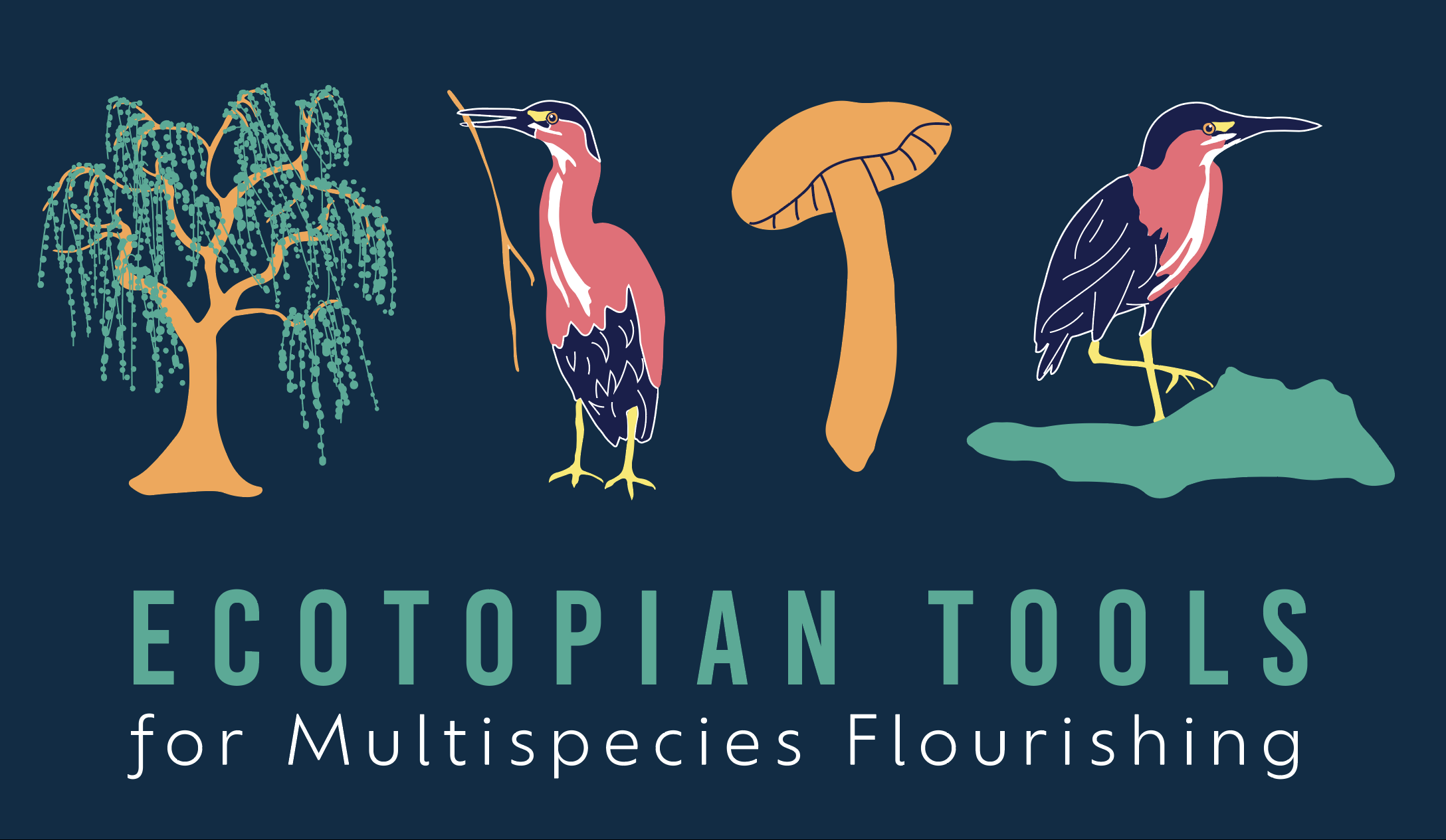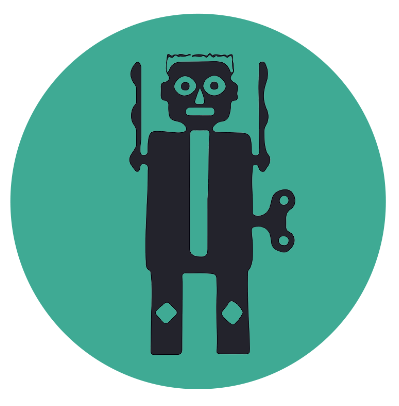Open Call: 2024 Morris + PPEH Ecotopian Tools for Multispecies Flourishing
January 23, 2024
In cooperation with the Morris Arboretum & Gardens, the Penn Program for Environmental Humanities invites you to participate in a project to create Ecotopian Tools for Multispecies Flourishing. Successful proposals for Ecotopian Tools will be explored in designer-led public workshops at Morris in spring 2024 and will be documented in a print catalog and also included in the expanding digital “living archive,” the Ecotopian Toolkit for the Anthropocene.

Proposals will introduce “ecotopian” tools, whether conceptual or realized, that might be used by visitors and inhabitants of Morris to support diverse, multi-species communities, including humans, and to connect them to other places of refuge amidst the ongoing crisis of extinction fueled by habitat loss, climate change, and other Anthropocene woes. By “multispecies” we refer to “the complexity of living, learning, and becoming with/alongside/through other planetary beings and cosmological phenomena” (Khan and Bowen). Inspired by utopian writing and projects across cultures, traditions, and times, the word "ecotopian" is borrowed from Ernest Callenbach's 1975 novel, Ecotopia. This ongoing initiative to craft and share ecotopian tools across the Delaware Valley takes a utopian approach to ecological crisis as a way to confront the feelings of helplessness and apathy that often arise in the face of global warming and the ongoing sixth mass extinction event.

An Ecotopian Tool for Multispecies Flourishing should spark awareness to apprehend and address the multiplying effects of biodiversity loss and climate change. Previous Ecotopian Tools have included guided tours, workshops, community-built floating sculptures, community science initiatives, data visualizations, and more. We aim to elicit proposals that:
- Foster kinship relations across species divides
- Nurture humans’ connections with nonhuman species, both plants and animals
- Facilitate passages between communities across the garden gate
- Allow participants to “get their hands dirty” both physically and conceptually
- Provide opportunities to “unearth” knowledge about soils and soil health
- Inspire and empower human visitors to support multispecies flourishing after they leave Morris
Successful proposals will dig deep–not just into the sciences of the soils, plants, and animals at Morris, but also into the histories and stories that shape this place today. We aim to curate a collection of tools that together engage diverse audiences of all ages, from third-graders to college students to multigenerational families to gardeners and bird lovers of all ages.
The Morris Arboretum & Gardens is primarily located in the Chestnut Hill neighborhood of Philadelphia with a portion that sits in Montgomery County, Pennsylvania. The ~175 acre site spans several geologic formations evident in the sharp turns of the Wissahickon Creek as it encounters the hard Chickie’s Quartzite formation after broad turns over the Dolomitic Limestone in Montgomery County. One part of the garden sits on Wissahickon Schist, notable as the stone used to build many local homes. Before and during the colonial period, the Leni-Lenape people lived in this area for hundreds of years; they refer to the land as Lenapehoking (land of the Lenape). Post-colonization, many Lenape were forcibly removed; some remained and assimilated with white settler colonials.
The land today that bears the name Morris Arboretum & Gardens is an assemblage of properties bought by siblings John and Lydia Morris between 1887 and 1913. Avid plant collectors, John and Lydia created a beautiful summer estate and enjoyed sharing it with others. After their deaths, Morris became a part of the University of Pennsylvania and was initially run by the Botany Department. The Morris later transitioned to a public-facing organization and has grown to be one of the larger gardens in the Philadelphia region with over 170,000 visitors annually.
Successful proposals will be selected by a jury of nine interdisciplinary and community experts: Syd Carpenter (artist), William Cullina (Executive Director, Morris), Benoit Dubé (Chief Wellness Officer, UPenn), Scott F. Gilbert (biologist and historian), Patricia Kaishian (Curator, New York State Museum), Catherine Seavitt (Professor and Chair, Landscape Architecture, UPenn), Bryan Thompson-Nowak (Director of Education, Morris), William Valerio (Director and CEO, Woodmere Art Museum), Tama Matsuoka Wong (author and forager) and chaired by Dr. Bethany Wiggin with support from Megan Pollin Hernandez of the Penn Program for Environmental Humanities.
Each Toolmaker will be awarded micro-grants of $2000 to allow for the proposed Ecotopian Tool to be explored, prototyped, and possibly built, distributed, and used at Morris and connected communities, including the main campus of the University of Pennsylvania. Throughout early spring 2024, toolmakers will work with Morris and PPEH to lead a series of participatory public workshops featuring their Tool and its applications. These workshops will be open by advance registration and/or on a drop-in basis for the ~1,500 daily visitors who explore Morris on spring Saturdays. Research proposals and outcomes could be featured in installations around Morris and documented in Morris’s and PPEH’s social media feeds, websites, and biannual newsletters. A subsequent fall 2024 workshop at the University of Pennsylvania will result in the creation of a print Catalog for Ecotopian Tools and also be included in the project’s digital archive, the Ecotopian Toolkit for the Anthropocene.
Proposals are due by March 1, 2024 and must be submitted using this form. Please address questions about this project including the application process to ppehlab-director@sas.upenn.edu
